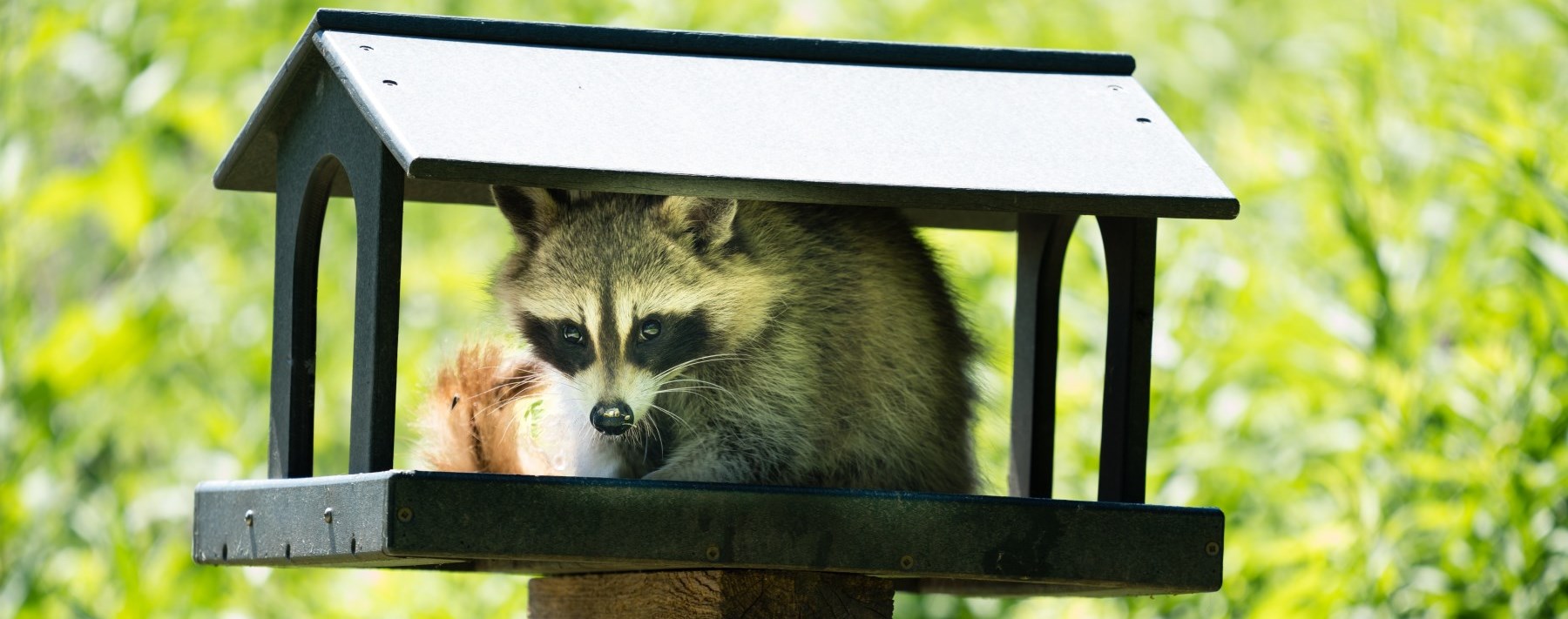Animals and Wildlife

The Township of West Lincoln gets many questions on how to handle wildlife. If you or anyone else is in danger or an animal may hurt someone, call the police at 911.
Animal bites
If you come into contact with wildlife that might have rabies, contact Niagara Region Public Health at 1-800-263-7248 or 905-688-3762.
Animals in distress
If you see an animal in distress or think it has rabies, please contact the Welland and District SPCA and Humane Society at 1-888-222-0568 or 905-735-1552.
Dead animals
Contact us at 905-957-3346 to report a dead animal on a Township road. For regional roads, contact Niagara Region at 1-877-552-5579.
Nuisance wildlife
We do not handle wildlife calls for skunks, raccoons, bats or other animals. Please call a pest control company with any issues.
Tips for dealing with pests:
- Do not give food to wildlife.
- Use proper containers for composting.
- Seal garbage that is stored outside.
- Do not shelter wildlife.
In the early Spring and late Fall, you should find and close up any holes or openings in attics, under steps, sheds and garages. These areas make great dens for wildlife. Make sure to remove any wildlife before sealing the openings.
Coyotes
Coyote sightings are not uncommon in the Niagara Region. They have been a vital part of our ecosystem for many years. By applying common sense, preventative techniques, and by being aware of the diversity of wildlife that we share our living spaces with, we can minimize human and wildlife conflict.
When coyote sightings increase, many times these sightings are due to humans intentionally or unintentionally providing a food source. An overflowing bird feeder, mishandling of compost and fallen fruit attract a diverse range of prey species such as rodents, squirrels, chipmunks, insects, which coyotes will utilize as food. Consider that the birds and small mammals that frequent bird feeder stations are potential prey food for other predator species such as owls, hawks, fox, and domestic pets.
Decreasing food sources have proven to be significantly helpful in reducing the presence of coyotes in particular areas. Therefore, residents are reminded to eliminate/cover all exterior food sources, including pet food, bird feeders, uncovered garbage and recycling bins.
If a coyote frequently visits your backyard:
Check your property for wildlife attractants and never allow a coyote to linger or bed down near your home or business. Applying simple low-intensity hazing techniques will send a clear message to a coyote that they are not welcomed:
- Yelling in a firm voice while outdoors “Go away coyote!” banging pots, spraying a water hose (in warmer months), throwing objects towards but not at the coyote, using a shake can, popping open an umbrella can be effective deterrents to safely move a coyote away.
- Battery-operated flashlights, tape-recorded human noises, and ammonia-soaked rags may deter coyotes from entering your property.
If a coyote is near:
- Pick up small children and pets
- Never run from or turn your back on a coyote/domestic dog
- Wave your arms above your head
- Be BIG and LOUD! Yell "Go away!"
- Slowly back away
- Use hazing techniques such as shaking car keys, popping an umbrella, throwing an object in the direction of the coyote
- Always be prepared and aware of your surroundings when enjoying the outdoors. Be a good visitor and leave no trace. Carry out leftover food, garbage and dog feces.
You can reduce human and wildlife conflict by learning facts about coexisting with coyotes as well as steps to prevent attraction.
*It is vital that anyone in an emergency situation with a coyote, such as a coyote cornering humans or showing signs of potential rabies, should call 9-1-1 immediately. Police are authorized to handle these situations and frequently engage the Humane Society when they attend the call.
Rodents
Rodents can cause damage to your property or make you ill. It is important to take the proper precautions to deter rodents from your property. To find evidence of a rodent problem, you should:
- Look for a nest or burrow. Most rodents live in nests or burrows, which are holes in dirt or concrete that range from 1" to 4" wide. They often have an entrance or exit hole. If you find a nest or burrow hole, close it with coarse steel wool to prevent re-entry.
- Look for rodent droppings and gnaw marks. Droppings will often be found close to your garbage. Search for gnaw markings on trash bags and waste receptacles.
- Track rodent sightings. Track sightings to trace the rodents back to their main source and resting spot.
Rodent prevention tips
Follow the suggestions below to make your property less appealing to rodents.
- Follow our Clean Yards By-Law and maintain the vegetation on your property.
- Clear your property of refuse and waste.
- Make sure your lawn is less than 8" in height.
- Do not leave garbage out overnight. Make sure your waste receptacles have tight-fitting rodent proof lids.
- Remove any food or water stored outside. Repair water leaks immediately.
- Only compost materials deemed acceptable by the Niagara Region. You can find a list of approved materials on their website.
- Inquire with a pest control company for rodent control on your property.
Discuss any concerns with your neighbours to make sure rodents don't just move from one property to the next. If you believe a property may be in violation of the Clean Yards By-Law, please contact our Clerk's department to file a complaint.



 Subscribe to this page
Subscribe to this page